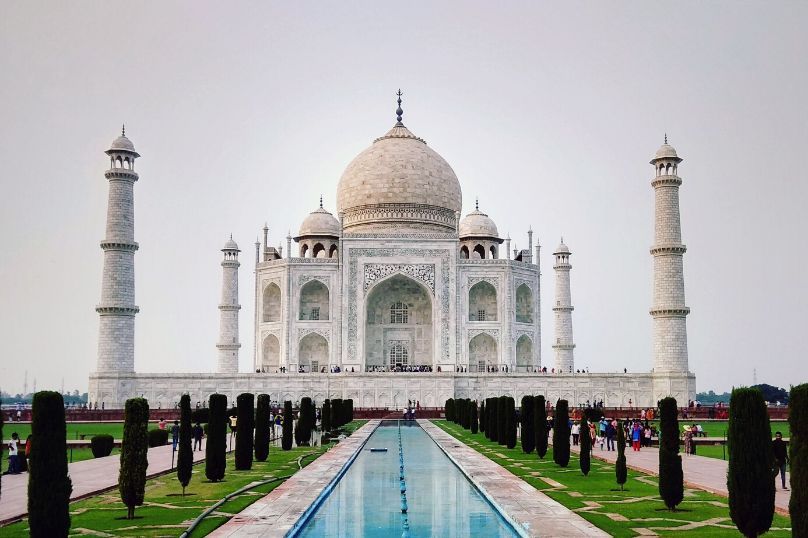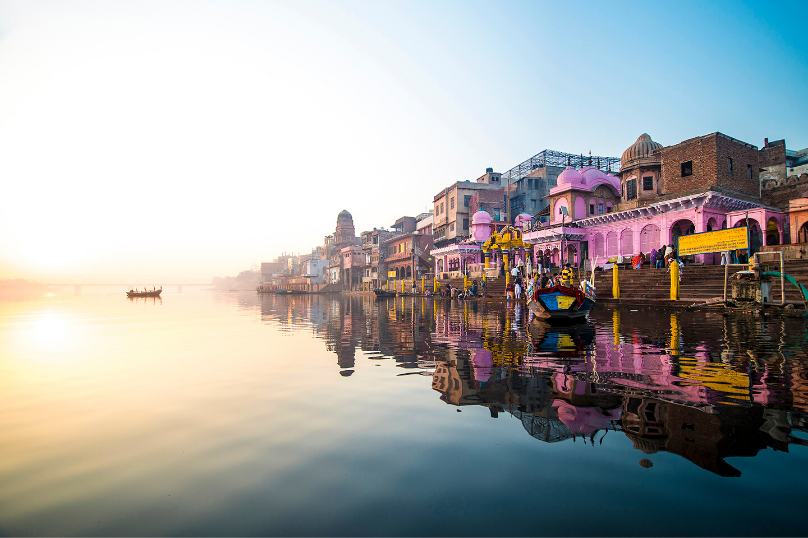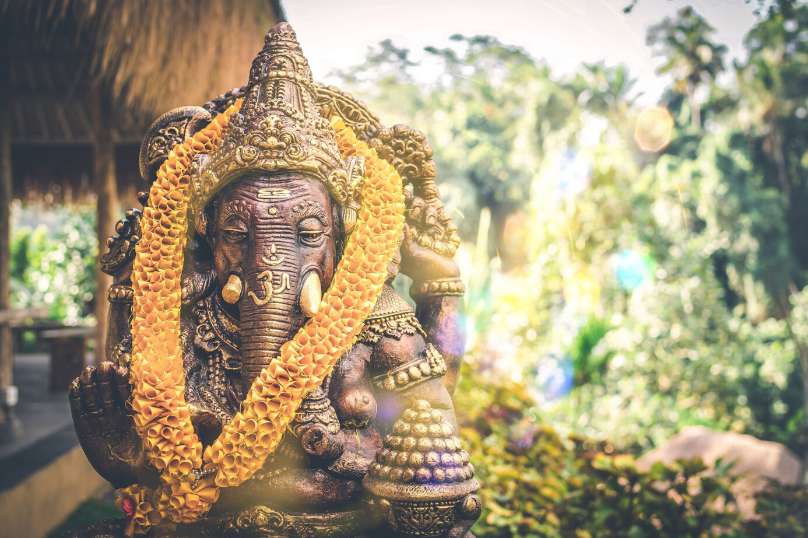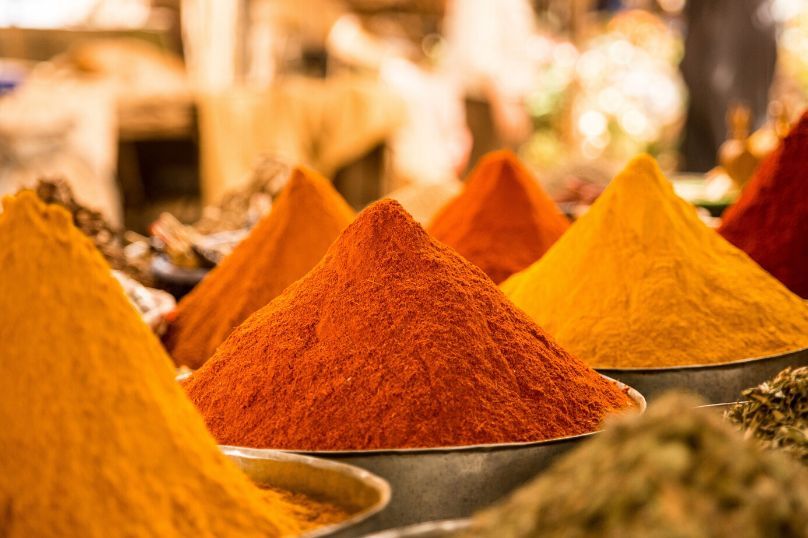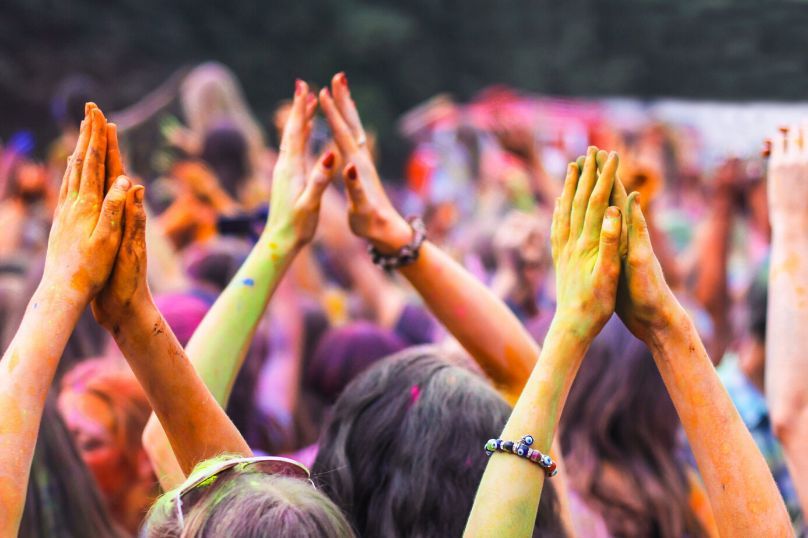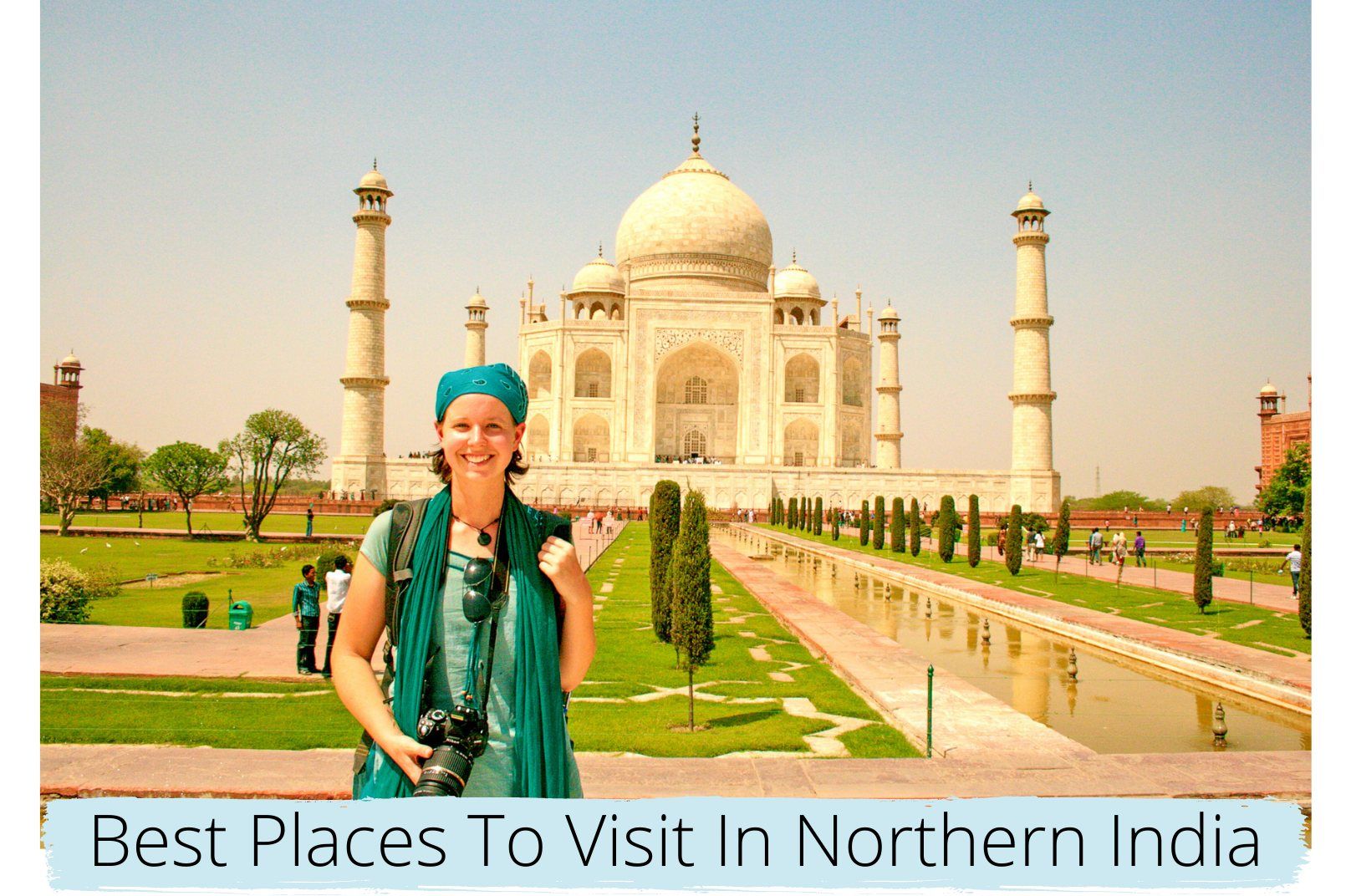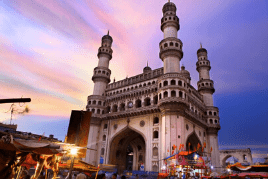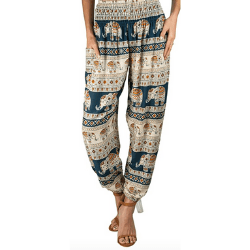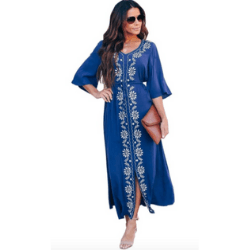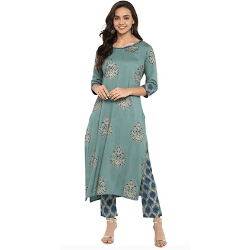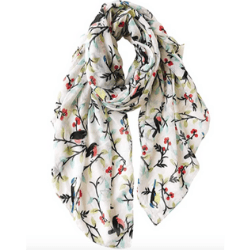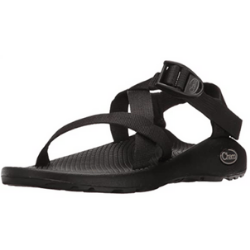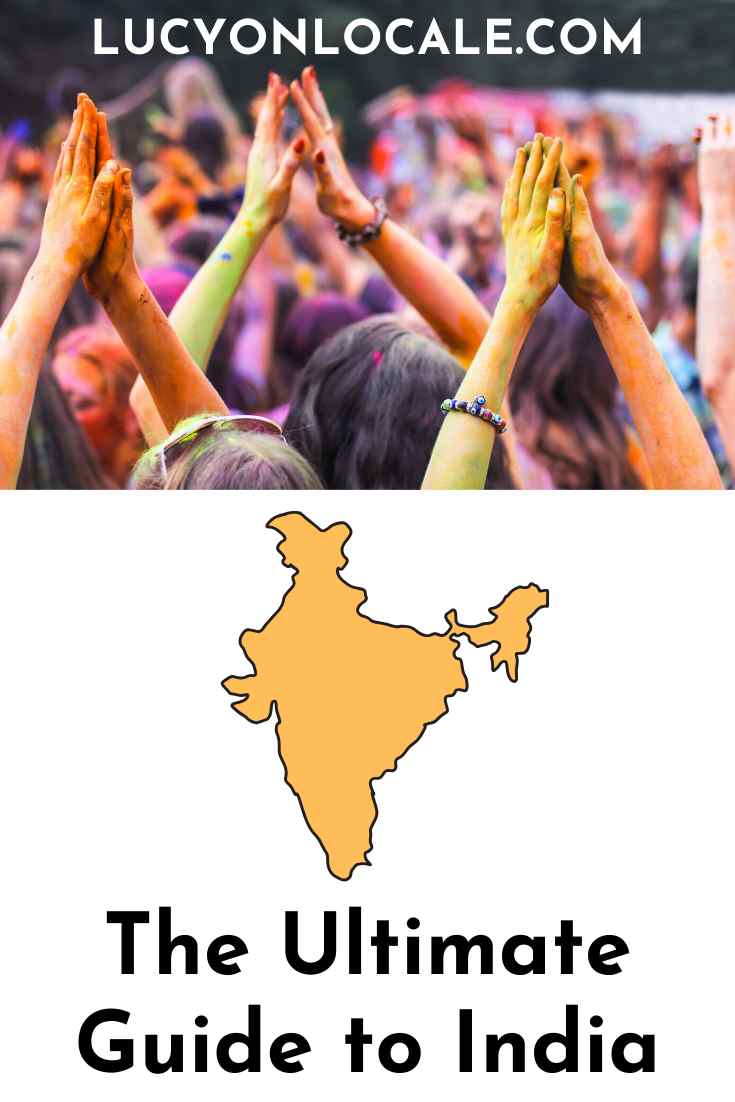India is known for its spicy food, rich culture, festivals, temples, yoga, and Bollywood. Whatever kind of adventure you want to have in this singularly beautiful country, this travel guide has everything you need to plan the ultimate India trip!
India
Most people who visit India stay in the “Golden Triangle” – the main tourist route between Delhi, Agra, and Jaipur. These are amazing cities, and there’s nothing wrong with staying on the more “beaten path” in India. But I hope this guide and my articles on India can convince you to visit some of the lesser-known gems in this county, even if it’s just as a day trip.
Ready for an adventure? Here’s how to plan the ultimate India trip!

Top Places to Visit

Typical Costs When Traveling
Exchange Rate
The currency in India is the Indian rupee (₹). Exchange rates are subject to fluctuations, so be sure to check this regularly as your trip approaches. On average, ₹1 is equal to about £.01 British Pounds, $.01 U.S., €,01, and .10 Chinese Yuan.
Accommodation
A budget hotel room will be around ₹700 a night (£7.25, $10, €9, 68.5 Yuan). A mid-range hotel can be from ₹1500–5000 a night (£15.50-52, $21-70, €19-64, 147-490 Yuan). More luxury accommodations start at around ₹10,000 a night and go up from there (£105, $140, €128, 1980 Yuan).
Airbnb prices usually average around ₹2140 a night (£22, $30, €27,50, 210 Yuan).
Food
An all-you-can-eat thali (plate meal) is between ₹100–₹300 (£1.05-31.25, $1.40-4.20, €1,30-3,75, 9.75-29.50 Yuan). A meal in a midrange restaurant will be from ₹600–₹1500 (£6.25-157, $8.50-21, €7,75-19,50, 58.50-147 Yuan). And a meal at a fine dining restaurant will start between ₹2000–₹5000 (£20-52, $28-$70, €25,50-64, 196-490 Yuan) and go up from there.
Alcohol prices vary depending on if you’re in a larger city or a less-touristy area. On average, a beer cost ₹285 (£3, $4.00, €3,60, 28 Yuan), and a locally produced bottle of wine is ₹785 (£8.25, $11, €10, 77 Yuan) and ₹1565 for an imported bottle (£16, $22, €20, 153 Yuan).
Here Are 10 Must-Try Indian Foods!
Public Transportation
India’s larger and mid-size cities will have a combination of these public transportation options: buses, cycle-rickshaws, autorickshaws, taxis, boats, tongas (horse-drawn carts), metros, and urban trains. Public transport costs vary from city to city, but the fare should be relatively cheap.
For any transportation without a fixed fare (like taxis and rickshaws), make sure you agree on a price before you start you trip, and make sure the fare includes any luggage you have and all members of your group. You’ll need small bills for taxi and rickshaw fares because drivers usually can’t make change.
Car Transportation
If you rent a car, I recommend hiring a driver as well. The roads and rules-of-the-road in India are chaotic and poorly marked and defined. Most towns have taxi stands or car-hire companies where you can arrange day or multi-day tours.
Make sure you ask for a driver who speaks some English (English is likely the only language drivers will speak that’s not Hindi or their local dialect) and knows the region you intend to visit. You’ll also want to see the car and meet the driver before paying anything.
Get a written agreement of what you’re paying for – quotes should include gas, sightseeing stops, all your chosen destinations, and meals and accommodation for the driver. If a driver asks you for money along the way for gas because he’s short of cash, get receipts for reimbursement later.
Car-hire costs depend on the distance, terrain, and state you’re in. What you’ll pay for multiday trips should cover the driver’s meals and accommodation, but the drivers will make their own sleeping and eating arrangements.
For day trips, plan to pay around ₹1800 (£19, $25, €23, 176 Yuan) for a car and driver with an eight-hour, 80km limit. For multiday trips, drivers usually estimate a 250 kilometer minimum distance per day and charge about ₹9 (£.10, $.15, €,12, .90 Chinese Yuan) per kilometer.
You should also plan to tip ₹200 (£2.10, $2.80, €2,60, 20 Chinese Yuan) per person per day.
Bus Transportation
Buses go almost everywhere in India, and they’re the only non-hired-car-way to get around the more mountainous and rural areas. But buses are less regulated, more hectic, and have higher accident rates than trains. So to mitigate some of these risks, avoid night buses, and book bus tickets ahead of time for deluxe or super deluxe buses.
Deluxe buses should get you air conditioning and better treatment of your luggage. And booking a head will guarantee you a seat so that you don’t have to stand up for your journey. On any bus, try to sit up front to minimize how much you feel the bumpy roads, avoid sitting directly above the wheels at all costs, and bring a good pair of earplugs or headphones.
Fares for deluxe bus services will start at ₹300 (£3.15, $4.20, €3,85, 30 Yuan). Arrive at least an hour before you departure time to maximize your changes of getting your luggage put underneath the bus instead of on top of the bus.
Most deluxe buses can be booked in advance at a bus station, through travel agencies, or online. Some of the best sites for bus tickets in India are Cleartrip and Makemytrip.
Train and Air Transportation
Trains are the iconic way to travel through India. They offer more space and smoother rides than buses. If you’re going to be traveling through the night, choose a night train over a night bus. The main downside to trains is that delays are very common. So leave plenty of leeway in your travel plans.
You’ll want a chair-car, executive-chair-car, sleeper, 1AC, 2AC, or 3AC carriage to have a restroom facility that’s not a hole in the floor, a modicum of security, and a bed. So you’ll want to book your train tickets in advance through Indian Railways, Erail, or Seat 61.
India does have several luxury train tours you might want to consider. Palace on Wheels, Royal Rajasthan on Wheels, Deccan Odyssey, and Mahaparinirvan Express are a few options. These tours range from ₹322,180-465,375 (£3368-4865, $4500-$6500, €4150-6000, 31480-45,470 Yuan).
Domestic air travel is also becoming a more popular option in India. Several national and regional airlines now serve all corners of the country.
Other Expenses
I’d budget around ₹500 a day (£5.25, $7, €6,50, 48.50 Yuan) for entrance fees, tours, guides, snacks, tips, and souvenirs.
ATMs are common in all but the smallest towns. Indian ATMs charge a set fee between ₹150-300 (£1.50-3.15, $2-4, €1,90-3,80, 14.50-29 Yuan). Visa, MasterCard, Cirrus, and Maestro are the most commonly accepted cards. Never take damaged rupee bills because you won’t be able to spend them.
Credit cards and international debit cards are accepted at more and more shops, cafes, upmarket restaurants, and midrange and top-end hotels in larger cities. Credit cards can also usually be used to pay for flights and train tickets onsite. MasterCard and Visa are the most widely accepted cards.
Transaction fees can be high in India, so check this with your credit card provider.
Smaller cities and towns and more rural areas won’t accept credit cards as widely as the larger cities, so make sure you always have enough cash on hand for anything you want to do or buy.
Tipping
Tip bellhops and train and airport porters ₹10-20 (£.10-.20, $.15-.30, €,12-,26, 1-2 Yuan). Restaurants and hotels usually automatically add a 10% service fee. If not, then you should tip 10%. For taxis and rickshaws, you should tip a couple of rupees. I would always round up my fare to the nearest five denomination.
If you’re trekking, tip guides ₹350-500 (£3.60-5.25, $5-7, €4,50-6,50, 34-49 Yuan) per day and porters ₹200-350 per day (£2.10-3.60, $2.75-5, €2,50-4,50, 20-34 Yuan). For tour guides, you should tip ₹200-350 (£2.10-3.60, $2.75-5, €2,50-4,50, 20-34 Yuan).
Suggested Daily Costs
These budget estimates include eating and drinking out at least once a day and a couple of train, bus, or airplane tickets.
Lower End: ₹3000 a day (£31, $42, €39, 293 Yuan). Midrange: ₹7000 a day (£73, $98, €90, 684 Yuan). Higher End: ₹10,000 a day and up (£105, $140, €130, 977 Yuan).
Money Saving Tips
How to Prepare for India
Vaccinations
The Centers for Disease Control and Prevention (CDC) and World Health Organization (WHO) recommend the following vaccinations for India: hepatitis A, hepatitis B, typhoid, cholera, yellow fever, Japanese encephalitis, rabies, meningitis, polio, measles, mumps and rubella (MMR), Tdap (tetanus, diphtheria and pertussis), chickenpox, shingles, pneumonia, and influenza.
Passport Health has additional information on current vaccinations and diseases in India, and I recommend visiting their website for the most up-to-date travel requirements.
Malaria: antimalarial medication is recommended for many regions in India. Based on your itinerary, a travel health specialist can tell you whether antimalarial medication is needed for your trip.
Dengue Fever: this is another mosquito-borne disease that’s present in India. There is no approved vaccination in the United States, so make sure you take precautions against mosquitoes by using repellents and mosquito netting.
Visas
All nationals entering India are required to have a passport with two blank pages valid for at least 180 days from the date you enter India.
Nationals of Bhutan, the Maldives, and Nepal don’t require a visa unless entering India via mainland China. All other citizens require a visa. Nationals of Cambodia, Finland, Indonesia, Japan, Laos, Luxembourg, Myanmar, New Zealand, the Philippines, Singapore, South Korea, and Vietnam are eligible for a Tourist Visa on arrival unless they are of Bangladeshi or Pakistani origin.
All other nationals will need to apply for an e-Tourist Visa before you arrive in India. The World Travel Guide has additional information on India’s visa and passport requirements.
iVisa is an incredibly helpful resource for obtaining visas. iVisa makes the usually complicated and confusing process of getting a visa easy by taking care of everything for you. You fill out a simple online application, and then iVisa takes care of everything else.
Etiquette
Men and women need to dress conservatively – no tight, sheer, or revealing clothes. You need to remove your shoes before entering homes and places of worship. Avoid pointing the soles of your feet towards people or deities, or touching anyone with your feet.
Ask permission before taking a photo of a local, sacred sites, or ceremonies.
Saying namaste with your hands together in a prayer gesture is a respectful Hindu greeting. For Muslims, say salaam alaikum (‘peace be with you’; the response is alaikum salaam).
Your right hand is for eating and shaking hands; the left is the ‘toilet’ hand.
When To Go
India’s High Season is from December to March. During these months, everything is open – sights, tours, mountain passes, etc. But accommodation prices and tourists are double what they are the rest of the year. This is the country’s coolest and driest season when temperatures are the most bearable.
The Shoulder Season is from June – November. These months have cheaper travel costs and fewer crowds. But this is India’s monsoon season, so you should expect rain every day and be prepared for flooding to affect transportation around the country, particularly in the mountainous and more rural areas.
The Low Season is from April to June when temperatures are almost unbearable. But travel prices are at their lowest.
India is one of the Best Destinations To Visit In March!
What To Pack
In addition to your usual travel essentials, you’ll want these items in India:
Slip-on shoes because you’ll regularly be taking your shoes off and on when you visit temples, homes, many shops, and some restaurants.
Bug spray and sunscreen: you’ll constantly need both of these things.
Women should always have a scarf on hand to cover their heads if needed.
Always keep toilet paper with you, and throw it in the trash instead of flushing it.
DO NOT drink the tap water in India, and don’t drink the “treated” water at restaurants, because it’s often not treated. Unfortunately for those of us who want to reduce our plastic use, bottled water in India is the only safe choice unless you have your own water purification system, which you should bring if you have one.
Electrical outlets in India are Types C, D, and M. So if you’re from the EU, you won’t need an outlet adaptor. But British, U.S., and other travelers will need an adaptor.
What To Wear
You must dress appropriately in India. This is important for men and women to be respectful, to gain entry to sites, and to draw less attention to yourself.
For women, here are your best clothing options:
A couple of scarves to match your different outfits because you’ll regularly need to cover your head. A scarf in India is called a dupatta, and it represents a woman’s honor, so wearing a scarf is a sign of respect for yourself and your family.
For pants, wear leggings or jogger pants or churidars (loose-fitting pants that are tight around the ankles with flowy long shirts or dresses that go to your knees. You should keep your shoulders, cleavage, and legs above mid-calf covered.
For men, here are your best clothing options:
Men also sometimes have to cover their heads to enter specific sites, so always have a bandana or two on hand to keep from having to use communal ones. Wear long pants and a button-down shirt or kurta (a loose collarless shirt).
For both men and women, choose the lightest most breathable fabrics possible. Wear sturdy, comfortable, and supportive shoes that can quickly be taken off and on, because you’ll regularly be doing this every day. If you’re not comfortable walking barefoot, then always have some socks to slip on if you’re wearing sandals.
Have you been here? Comment below with anything you’d add to this guide for planning the ultimate India trip!

Shop My India Essentials

Frequently Asked Questions
Is India safe to visit?
I felt very safe during my entire trip to Guatemala. But, as with any destination, you need to take precautions to keep yourself safe. Don’t walk by yourself at night, stay in a secure and well-located hotel or vacation home, use slash-proof, lockable, and RFID-protected bags and purses, and always have a charged cell phone with you.
Is India a cheap place to travel?
India is a relatively inexpensive destination, especially if you’re exchanging U.S. Dollars, British Pounds, or Euros.
Can I travel India in 3 months?
India is a massive country with more sites, cities, and landmarks to see than you’ll ever be able to visit. So you could absolutely spend three months traveling in India. Because travel is so inexpensive in India, your travel budget can go much further in India than in most other destinations, allowing you to travel for longer.
Do they use toilet paper in India?
Toilet paper isn’t readily used or available in India. So you’ll want to buy rolls once you arrive in the country and always keep some with you.
How much is a trip to India?
Expected travel costs in India, plus airfare:
Lower End: $40/day per person.
Midrange: $100/day per person.
Higher End: $140/day per person.
What does 100 rupees buy in India?
100 rupees is equivalent to $1.35 US. So you could buy a casual meal or a bus ticket for 100 rupees.
Is India cheaper than China?
Yes, on average, travel in India is around 50% cheaper than travel in China.
Can you drink the water in Guatemala?
You should NOT drink the tap water in India, so plan on buying bottled water.

This guide for planning the ultimate India trip is not a sponsored post, and, as always, the thoughts and opinions expressed in this guide for planning the ultimate India trip are entirely my own. Some of the links in this guide for planning the ultimate India trip are affiliate links, and, at no cost to you, I may earn a small commission from this guide for planning the ultimate India trip.
January 6, 2020
 Destinations
Destinations Packing
Packing Travel Tips
Travel Tips
 Photography
Photography Points & Miles
Points & Miles Credit Cards
Credit Cards